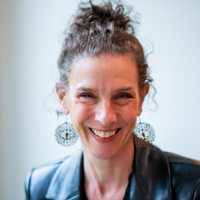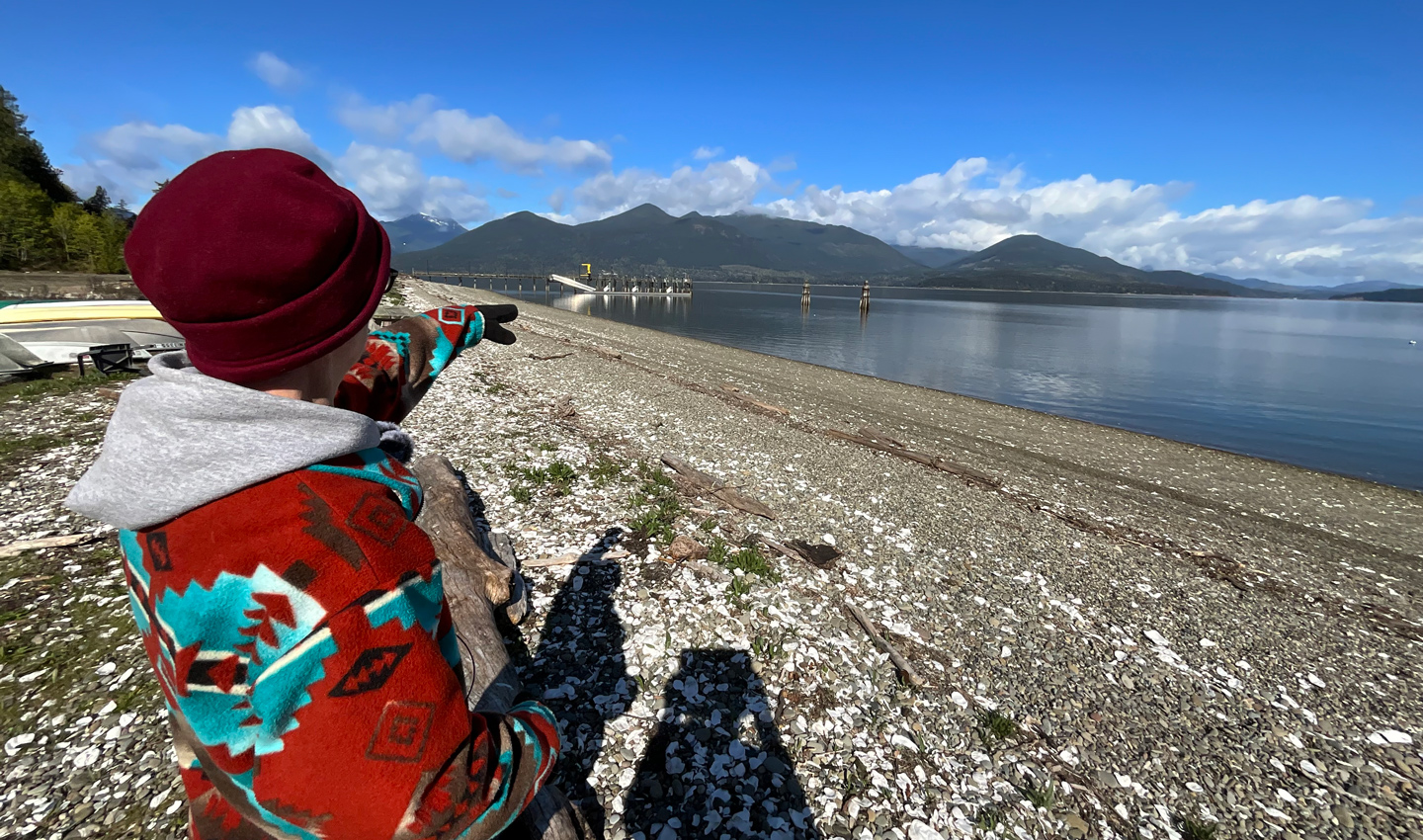
When Tahlequah made headlines across the globe in 2018 for carrying her stillborn orca calf around the Salish Sea for 18 days, she was not just seen as another sign of climate change. She was a mother, and her devastating tour of grief captivated the public and stood as a stark reminder of the similarities between humans and marine mammals.
For Jaime Snyder, an associate professor at the University of Washington Information School specializing in visualization studies, images of Tahlequah’s plight revealed a larger opportunity for research. She teamed up with Julia Parrish, a professor in the UW College of the Environment, to explore the emotional connection Pacific Northwest coastal communities feel toward marine mammals and how this should affect the design of visual materials to facilitate citizen participation in scientific research.
A recently awarded three-year, $900,000 National Science Foundation grant supports their work to create a new marine mammal module for the Coastal Observation and Seabird Survey Team (COASST). Directed by Parrish and based at the University of Washington, COASST is a citizen science project that trains volunteers to walk West Coast beaches and collect rigorous data on beached seabirds.
According to Snyder, COASST is well known for the quality of its data on beached seabirds, which turns out to be a useful metric for assessing marine health. “They have done a fantastic job developing visual materials to support data collection by people not trained as scientists,” she said.
The new marine mammal module is based on the Grounded Visualization Design methodology that Snyder developed to involve non-experts in the process of designing visuals related to their lived experience. “We know that visual representations of information support narrative and sense-making in a profound way,” said Snyder. Emotions such as wonder, excitement and anger also play a critical role in our cognitive processes.
Researchers call this “epistemic affect,” and it refers to the immediate emotional responses we feel as we are engaged in learning or creating knowledge. The data collection on beached seabirds, for example, was affected by the emotional toll on COASSTers when they encountered mass death events. “When you see a single dead bird on the beach,” Parrish said, “most of the time you’re just involved in figuring out what it is. When you see a beach littered with dead birds, that’s a completely different feeling. You’re overwhelmed. There’s no way you can process all of that.”
People from coastal communities tend to form stronger emotional connections to marine mammals over seabirds. Marine mammals are also larger than seabirds, so, according to Snyder, “The experience of encountering a beached marine mammal is more intense than what we would associate with beached birds.” In fact, Parrish added, “If you really want to look at the interplay between emotion and science and how to create materials to support that learning, dead marine mammals is the way to do it.”
The project is in its first phase, which involves Snyder conducting hour-long interviews with COASST volunteers. “They are amazingly fun,” she said. “I ask volunteers to take me to a place in nature that means something to them and for them to walk me through and share with me what they see when they are there. The goal is for me to see this place and how it has changed through their eyes.”
This data will help researchers understand COASSTers’ sense of place and how the connection with their beach communities will affect their participation in the research process. In phase two, they will co-design visual materials, including training manuals and field guides, and develop protocols to support the collection of data on beached marine mammals. A co-design model leverages and centers local expertise alongside more formal science practice, which is key, said Snyder and Parrish, especially in a citizen science project where researchers feel a close connection with the place and objects under study.
In phase three, the prototype phase, scientists and COASSTers will evaluate the efficacy of the new materials. “We need experts to help us tell the difference between a California sea lion and a Steller sea lion,” Parrish said. “And we need COASSTers to tell us if it won’t be too gross to pick up flippers, brush the sand off and measure how far back the claws are.”
Snyder hopes this work will extend beyond the project for the new marine mammal module and be able to offer broader recommendations and guidelines for any researchers who want to develop or improve visual materials for public engagement in science.
“Climate change especially requires an all-hands-on-deck approach,” she said, “so what I’m hoping from this project is that we show how visual materials can support the collection of data for formal science as well as the lived experiences of the communities who are committed to helping, want to get involved, but are also on the frontlines of seeing these changes.”
